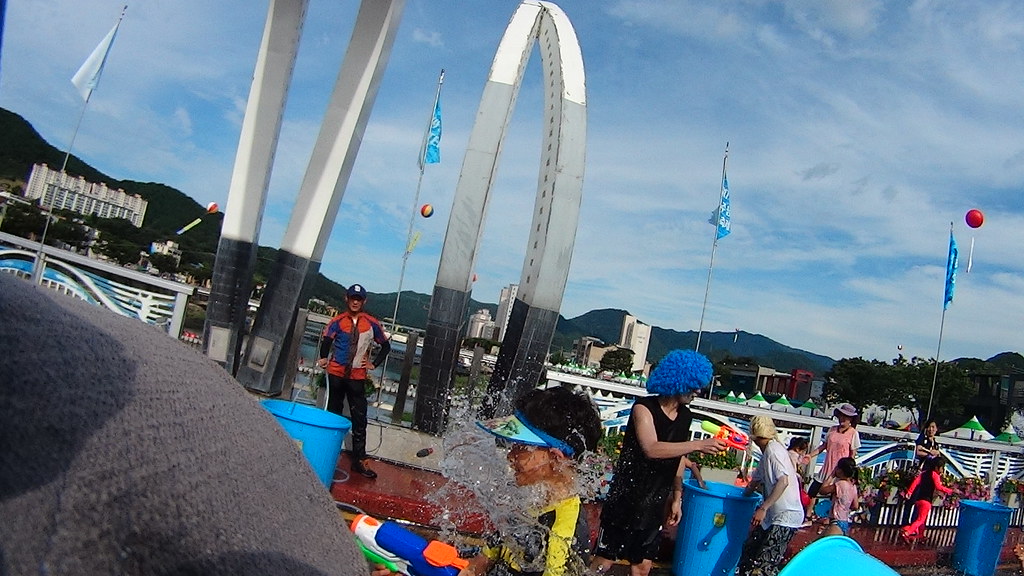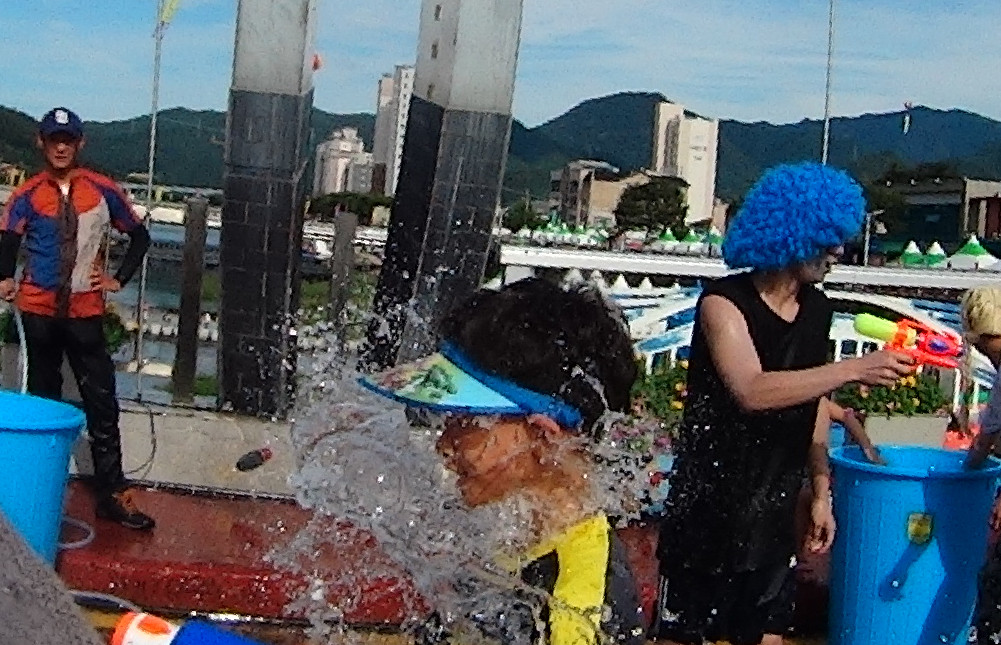[/COLOR]
 Originally posted by pentaxfall
Originally posted by pentaxfall 
Post processing is a complex subject. For example sensor output needs sharpening, but most of the images that we see on screen tend be lot more sharper than the real object that we see using naked eye :-)
II wish you were wrong. I got LASEK and while I'm super happy with it, sometimes I get annoyed because items in the distance are not as sharp as they are in photos.

---------- Post added 12-23-17 at 05:25 PM ----------
(Hopefully this is not posted twice)
 Originally posted by Paul the Sunman
Originally posted by Paul the Sunman 
Is a painting "over-processed" and to be dismissed because it is "not natural"? Why should photography be held to a different standard. Let us embrace the full gamut. If it works, it works. The mood is far more important than adherence to "naturalness".
The Impressionists were slammed by the establishment at the time (in fact, "impressionist" was originally a pejorative term coined by a critic). Who do you think won that battle?
I genuinely appreciate the difference in perspective, but I need to defend my approach here.
I think photography should be held to a different standard because it is photography. When I point a camera at something I capture a moment of something that is really happening Take this shot, for example. (Sony HDR, headmounted, because I would never subject my Optio to these conditions)

That's the unprocessed shot. (The processed one, cropped and untilted, is not at my fingertips at the moment, so I'll do a quickie one now.)

This effect IMHO would be quite easy to do in a painting. The result would be tidier even, the water with clearer, more photogenic (forgive the expression) outlines, the framing of the face more perfect. A digital painting of this scene would be
perfect, and to me that would be wrong. This kid is real and really having the time of his life. The water actually formed that shape. The guy with the hose is just there, not reacting to the kid. The clown is shooting at someone else. It's messy, and that's what I
like about it.
As I've said in another thread, when viewing photos I like to imagine that if I were standing in that place at that time that I would see what the photo shows. Too much processing breaks that illusion for me, makes me feel that I'm looking at a digital cartoon rather than a photo.
---------- Post added 12-23-17 at 05:33 PM ----------
 Originally posted by Na Horuk
Originally posted by Na Horuk 
PP enhances the data already captured. Remember that the sensor does not capture "true" reality. It merely records some light and then a computer turns it into pixels and into what we perceive as a photograph. Doing heavy PP brings things out that the human perceived, but camera did not. For example, clouds. We see them very clearly and we enjoy them. But in raw photo data they look grey, without contrasts or details or shapes. So you can PP that to make the clouds in the photo look more like the scene you witnessed (in your human subjectivity)
The other parts to PP are fashion and market trends. One websites with thousands of photos, how can you make yours stand out? Well, the human mind will notice heavy colours more than muted colours. So the muted, low contrast photo will simply not get as many clicks as a saturated over the top photo.
Leaves in autumn
I took this photo with the K-r. Not a super sharp camera. The light in that forest was not strong and I did not bring my own lights with me (would that be "cheating", too?). But the leaves did stand out noticeably. I did heavy PP on this image in Lightroom and Nik Effects. I used PP to make them full of detail and to make them stand out in the photo as they did to me when I was walking there. I did not paint anything, did not add droplets digitally. Only "enhanced" the data that was recorded in the raw (saturation, sharpness, contrasts). Is what you see on your monitor objectively the same thing you would see if you went to that forest? Probably not. But you wouldn't see what an unprocessed camera raw recorded, either
Edit: Attached is the raw with no PP, only the default colour interpretation (which itself is subjective and will be different from camera to camera, from software to software). I don't remember the leaves looking so "brown", to me they were shining in that forest.
I chose this photo as example because I know I went a little hard on the PP, especially because it makes the bokeh look hard; and because the raw seems really dull, unimpressive, almost depressing
Thanks for the raw shot, really puts it in perspective.
I agree the raw shot needed some work,but in my personal taste I think you overshot the PP. Mind you, I'm looking at it on a frankly cheap, contrasty laptop monitor. If I put it up on the Chromecast I might feel differently.
As I posted a few minutes ago, for me it's about the illusion that I'm standing there looking at those leaves and they're pretty enough to shoot. I appreciate that you didn't digitally add water, I really do. Unless you were quite subtle with them, though, I'm glad you didn't bring a light source.


 Similar Threads
Similar Threads 
























